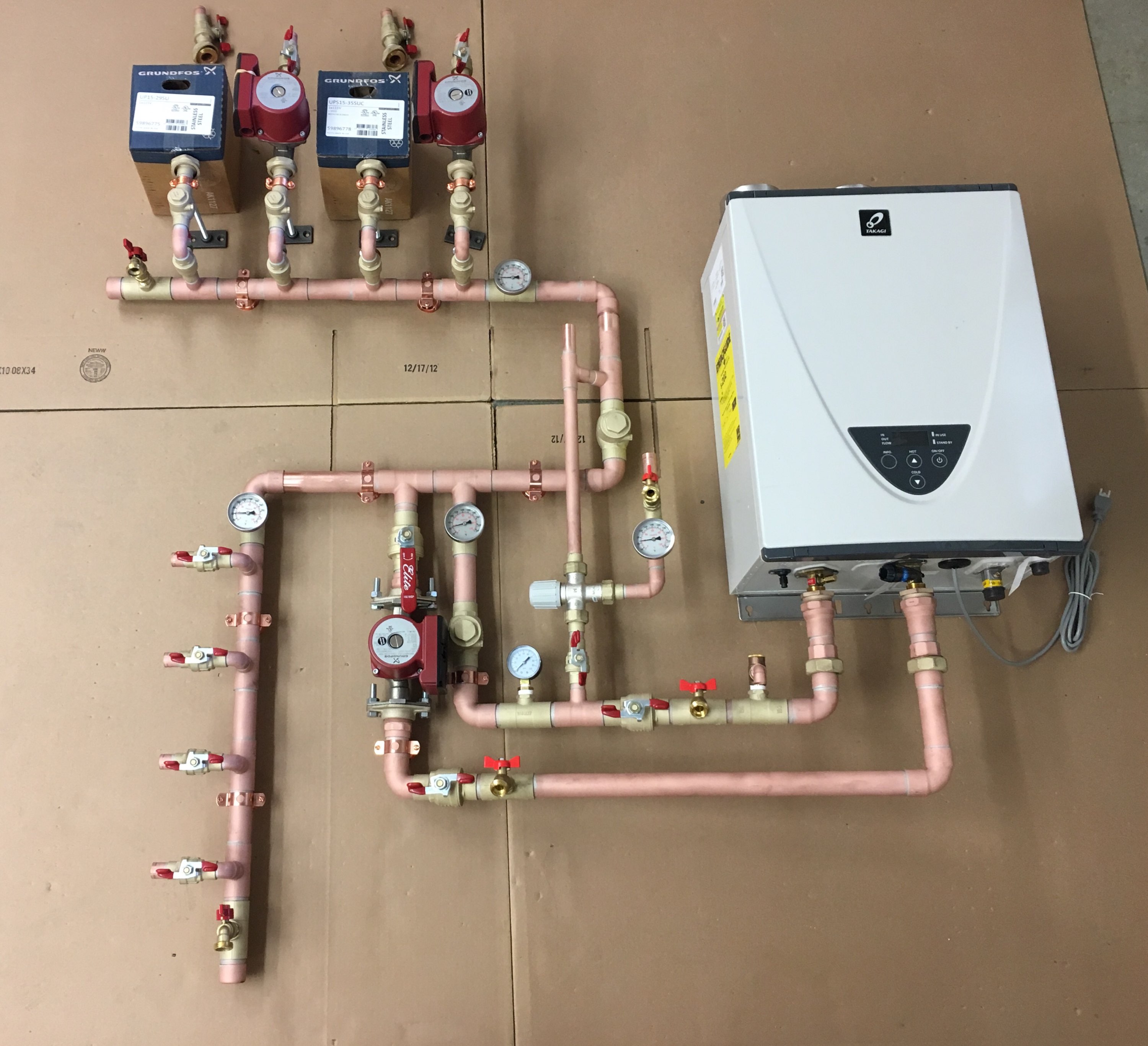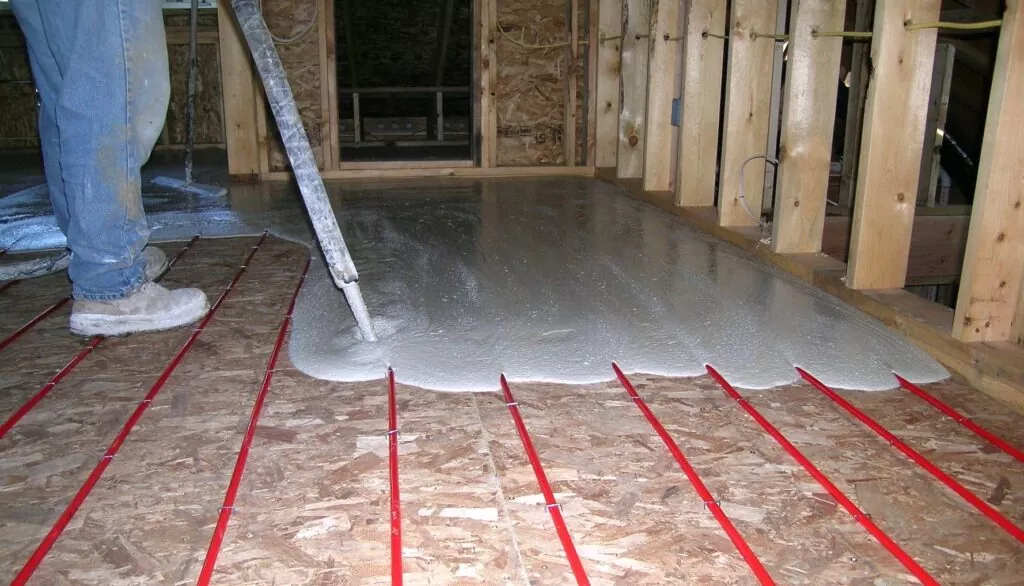
F., until melting is needed. This is usually done with a snow and ice sensor to turn the system on.

Second, it takes quite some time to bring the surface temperature high enough to melt snow and ice, from a cold slab. If you have the time to wait, fine, but in critical areas, the slab must be held in an idle condition, closer to 30 deg. However, you must understand what is involved in melting snow and ice. First of all, it requires a lot of energy to do the job (around 110 -150 BTu’s/sq. Can hydronic heating be used for ice removal and snow melting?

It is important for the ICFhome.ca sales representative to know all of your building plans to design a custom heating system according to your needs and desires.
#Radiant heating system windows#
Naturally, the construction of a building significantly affects the performance of the heating system. For example, a poorly insulated home will require a heating system to provide a much greater output of heat to maintain comfortable living temperatures. Similarly, a home that has a large number of windows with southern exposure may require less heat in rooms that receive a great deal of passive solar heat. How does the building construction affect the design and performance of the heating system?
#Radiant heating system install#
ICFhome.ca can also design, provide and install hot water baseboards, hot water radiators, hot water towel racks, and fan convectors. These devices may be used for a number of reasons, including aesthetics, increased comfort, or lower cost. Hydronic heating encompasses much more than radiant floors. Can other types of hot water driven equipment be used with a radiant floor? The flow of the water is managed through a variety of mechanisms such as circulating pumps and zone valves which are directed by the thermostat to send the hot water to the zones that are cold. Most systems use either a natural gas or a propane boiler. The water is then circulated to the floors in the building through piping or tubing. All radiant floor heating systems have a heat source to heat the water. Radiant floor heating systems will vary depending upon the needs of the client. However, there are similarities in most systems.

What are the major components of a radiant floor heating system? Radiant floor heating is a comfortable and efficient form of heating where warm water circulates through flexible, specially designed tubing (PEX) installed under the floor. The heat radiates evenly up through the floor, warming people and objects in the room and providing more comfort for less money. Yes, a radiant heat flooring system is certainly one of the most natural ways to create a cozy environment with a stable and efficient heat source. Not to mention, you also get the added advantage of a quiet heating system that doesn’t ping or hiss, and you never have to look at those eyesores like heating registers, vents or baseboard heaters. Plus, with more moderate heat, air doesn’t become as dry or as statically charged. And since radiant heat floor maintains a surface temperature of 85-90 degrees, most people set their thermostat lower (68 degrees) instead of the average 72 degrees with forced air. There is no doubt that radiant floor heat is a healthier and more cost efficient way to heat your home.Īn energy-efficient in floor heating system should lower your energy bills and save you money.


 0 kommentar(er)
0 kommentar(er)
